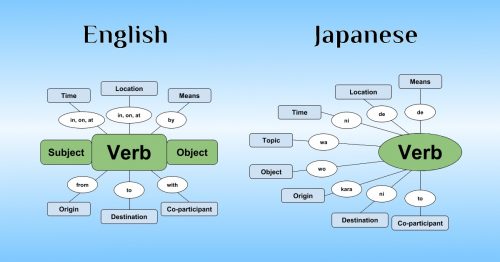Slashdot has an interesting story of why there are only two variations of the word tea in the majority of languages:
With a few minor exceptions, there are really only two ways to say “tea” in the world. One is like the English term — te in Spanish and tee in Afrikaans are two examples. The other is some variation of cha, like chay in Hindi. Both versions come from China. How they spread around the world offers a clear picture of how globalization worked before “globalization” was a term anybody used. The words that sound like “cha” spread across land, along the Silk Road. The “tea”-like phrasings spread over water, by Dutch traders bringing the novel leaves back to Europe.
The term cha is “Sinitic,” meaning it is common to many varieties of Chinese. It began in China and made its way through central Asia, eventually becoming “chay” in Persian. That is no doubt due to the trade routes of the Silk Road, along which, according to a recent discovery, tea was traded over 2,000 years ago. This form spread beyond Persia, becoming chay in Urdu, shay in Arabic, and chay in Russian, among others. It even it made its way to sub-Saharan Africa, where it became chai in Swahili. The Japanese and Korean terms for tea are also based on the Chinese cha, though those languages likely adopted the word even before its westward spread into Persian. But that doesn’t account for “tea.” The te form used in coastal-Chinese languages spread to Europe via the Dutch, who became the primary traders of tea between Europe and Asia in the 17th century, as explained in the World Atlas of Language Structures. The main Dutch ports in east Asia were in Fujian and Taiwan, both places where people used the te pronunciation. The Dutch East India Company’s expansive tea importation into Europe gave us the French the, the German Tee, and the English tea.
This reminds me of this old post about how most languages, apart from English, use “ananas” as a word for pineapple.
